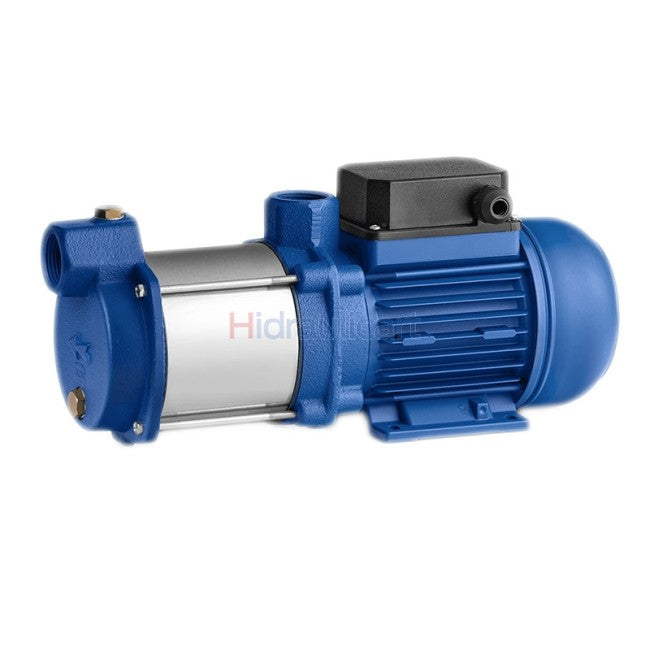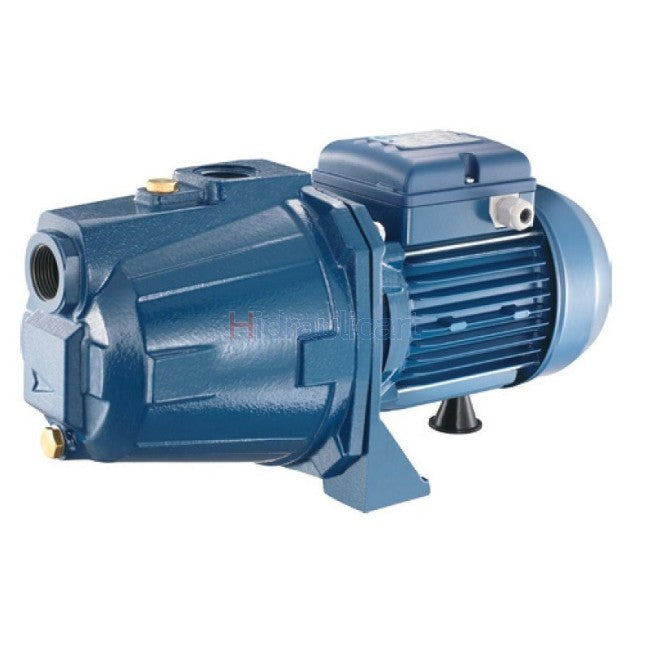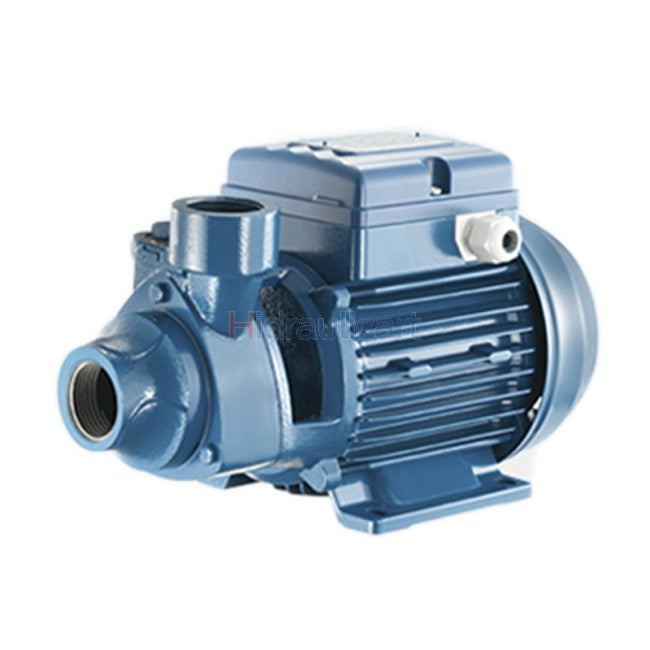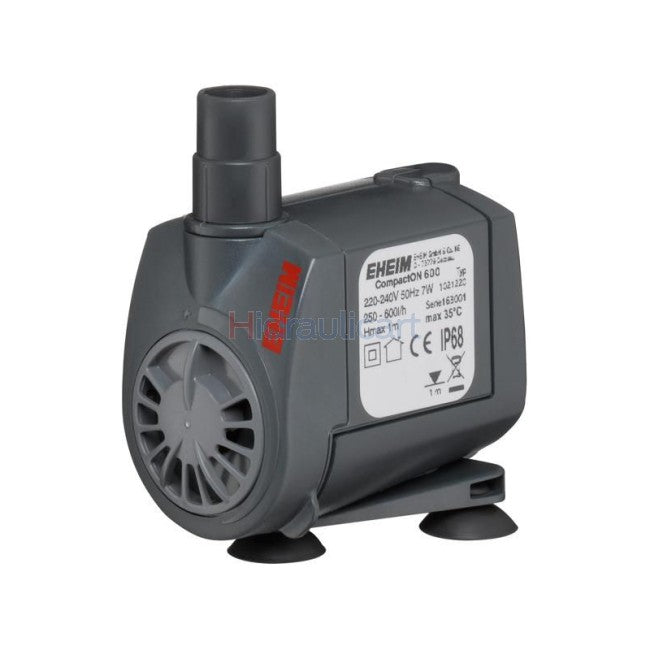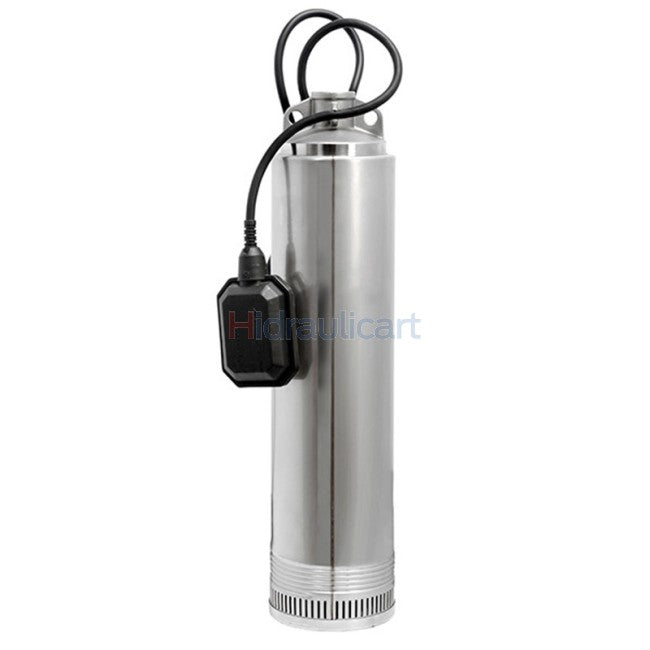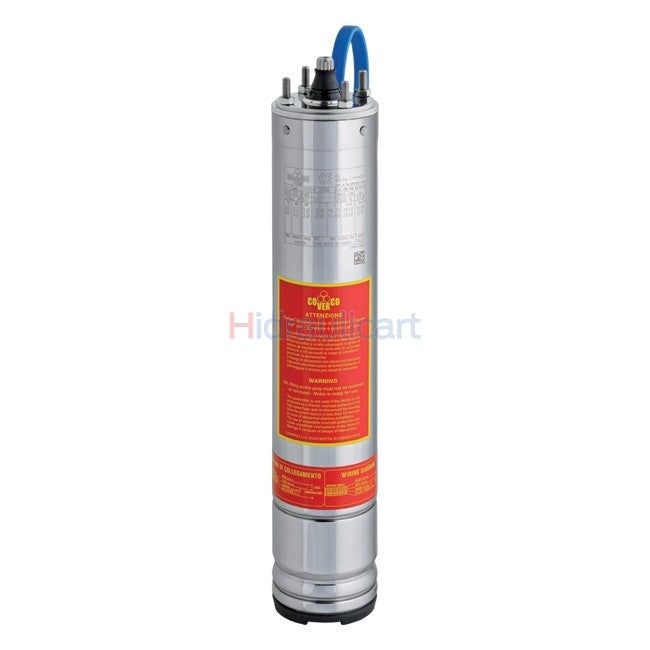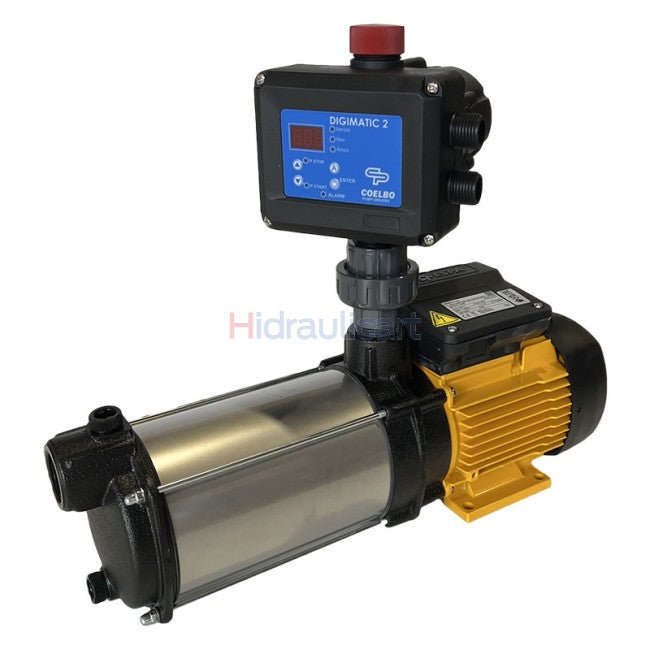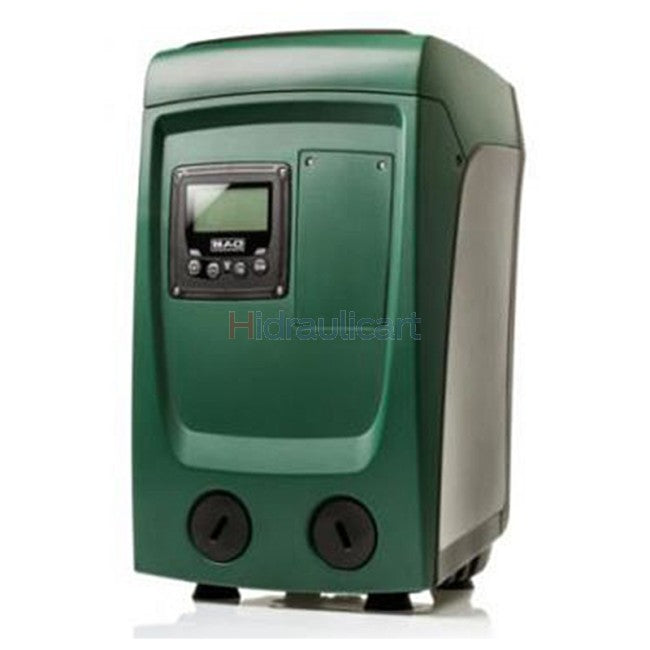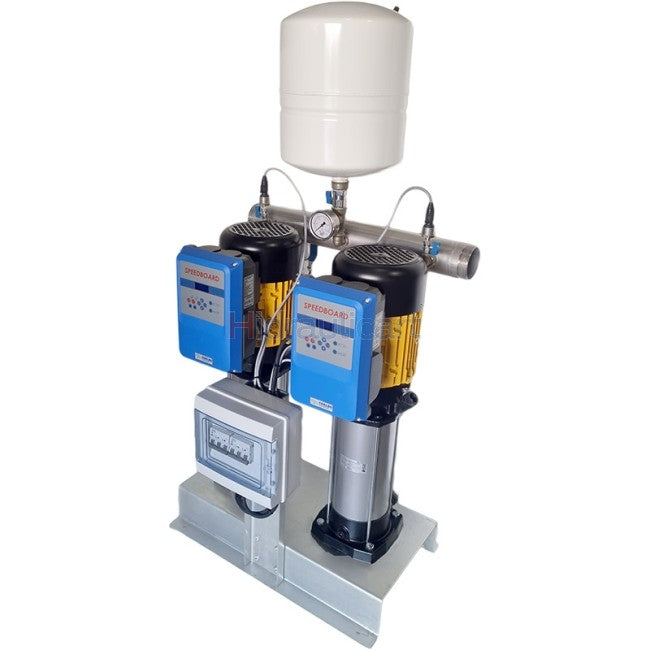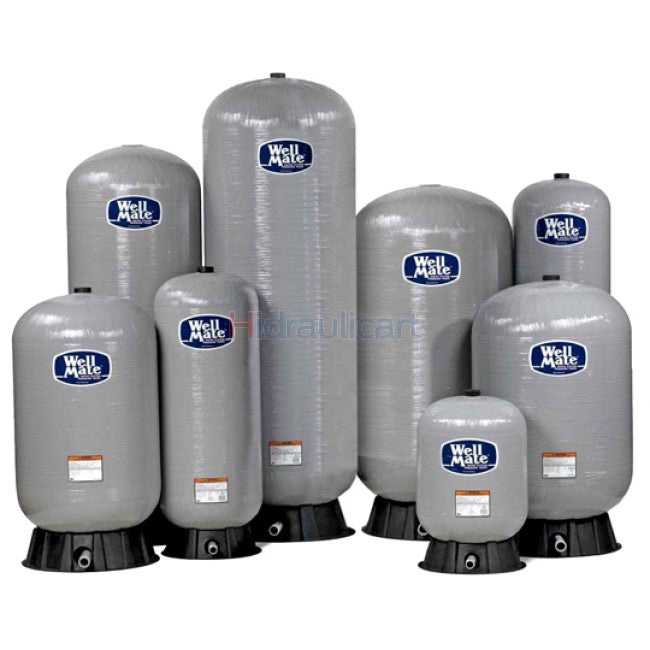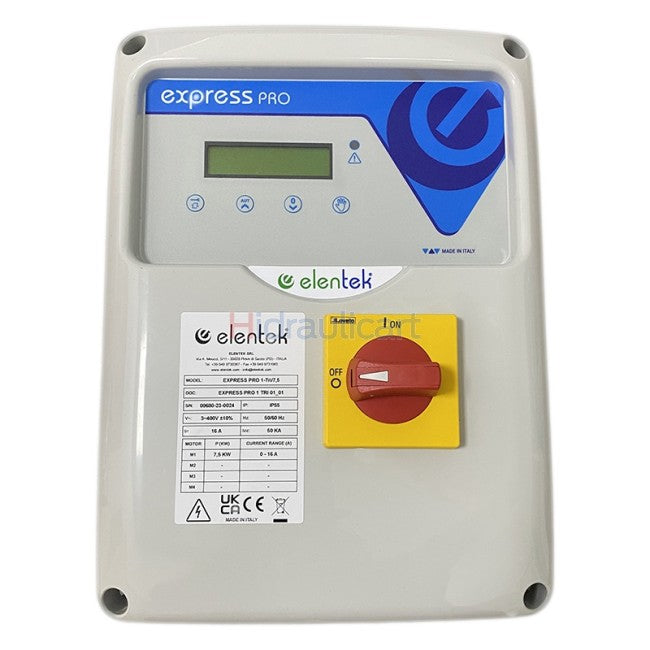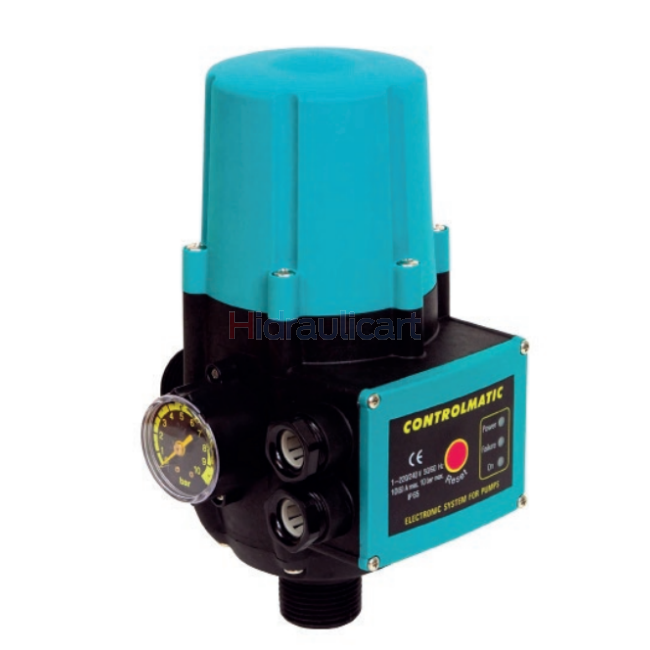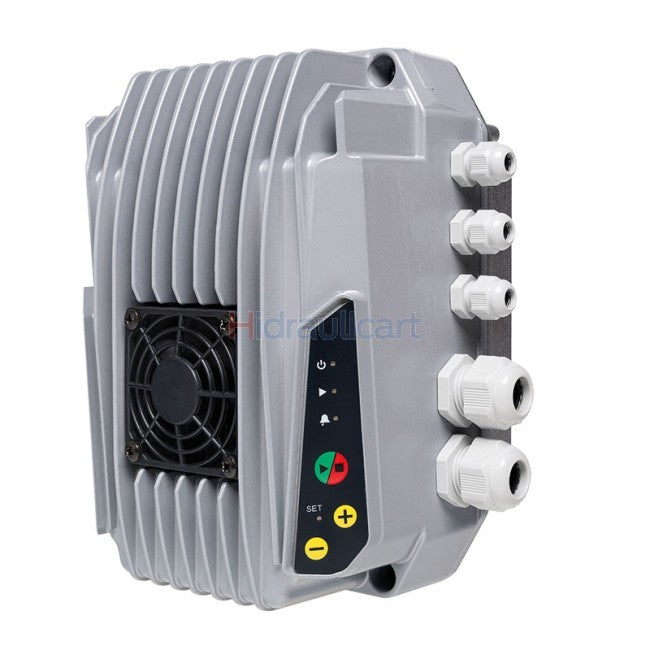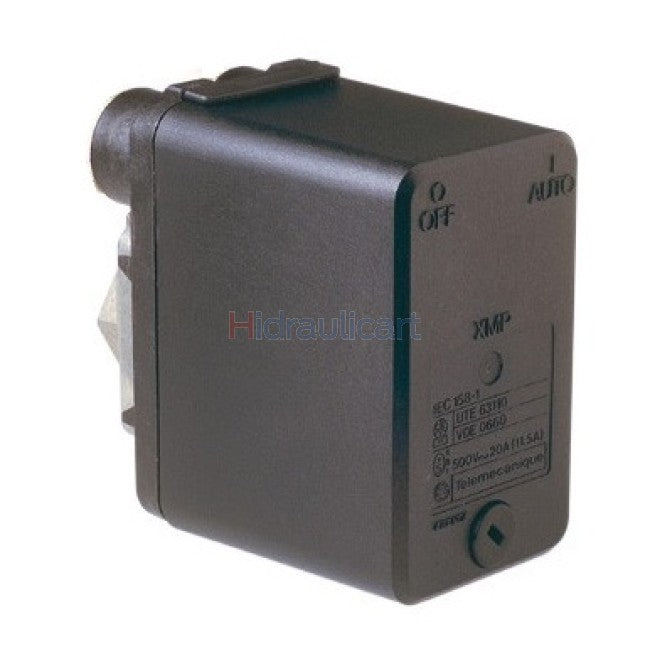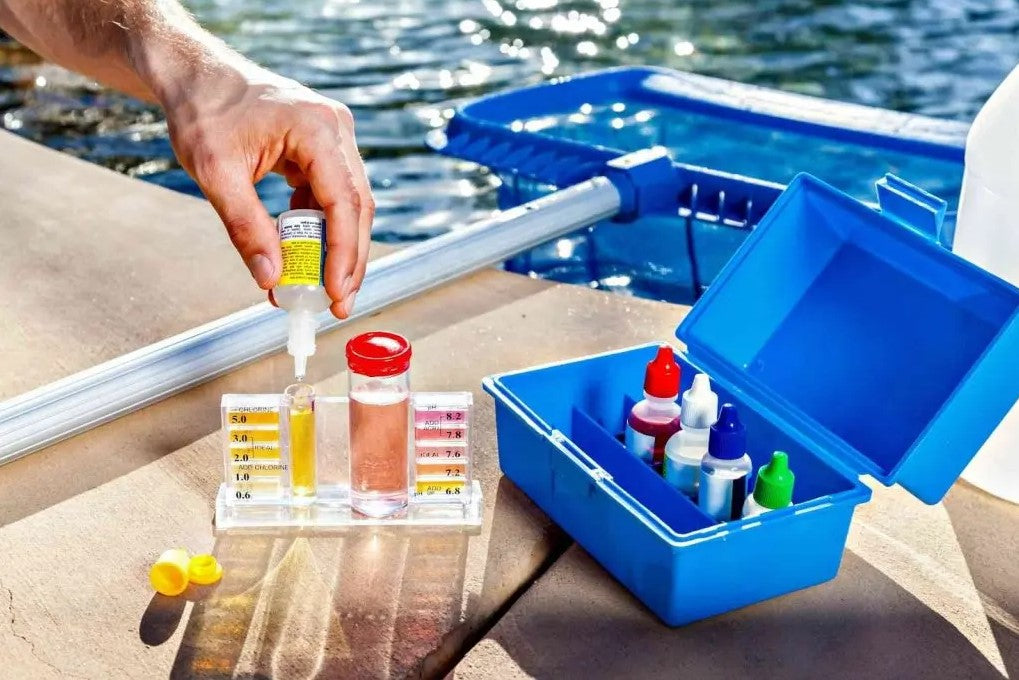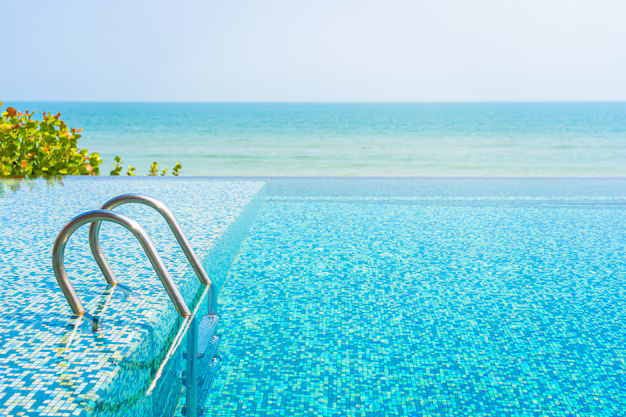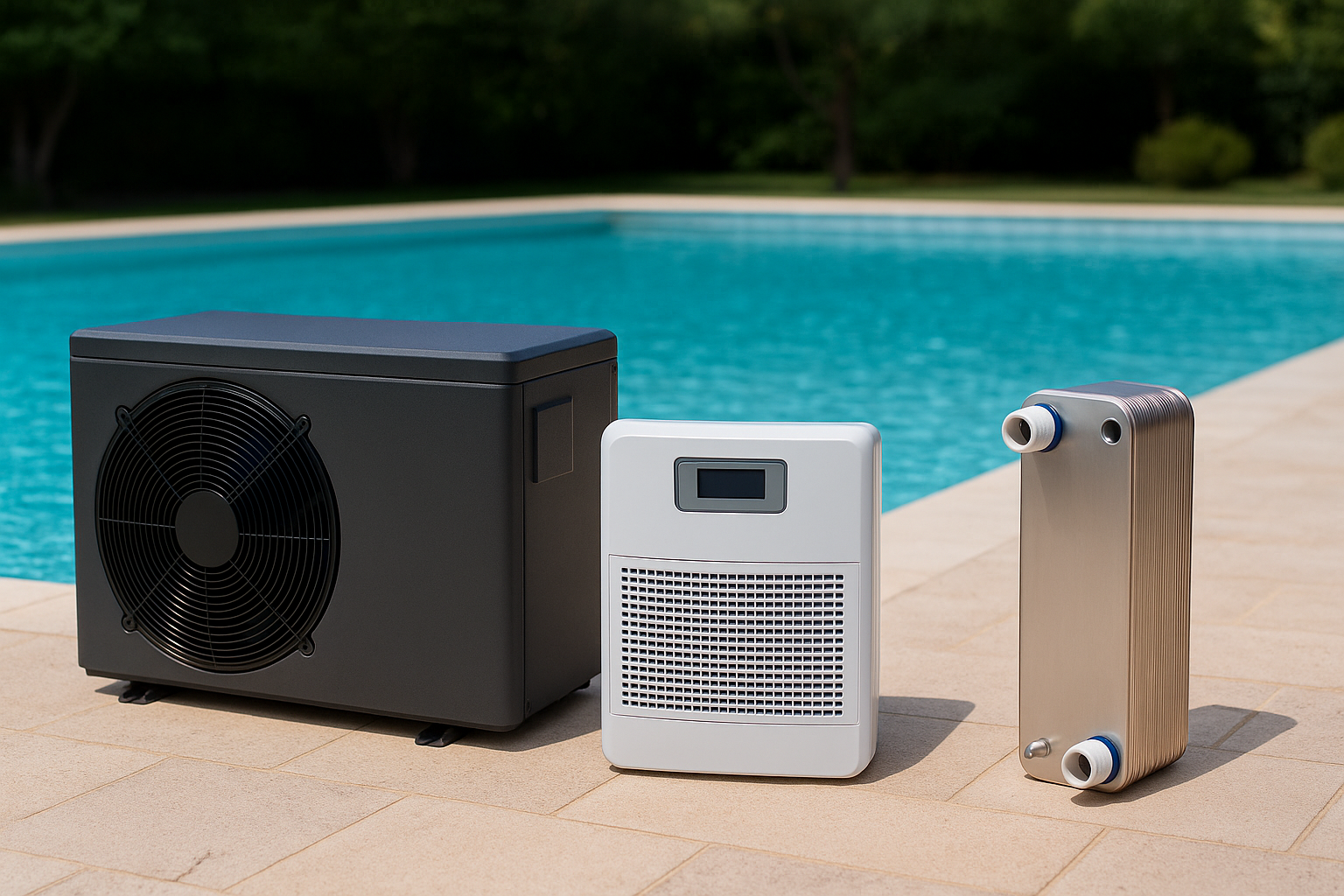Pool Maintenance Manual
- Our products;
- Pool capacity;
- Water disinfection and filtration;
- Pool start-up;
- Water pH;
- Algae prevention;
- Maintenance program;
- Preparing the pool for winter;
- Water treatment;
- Precautions when using chemical products;
- Problems and solutions;
1 - Our products
- pH correctors;
- Chlorine disinfectants;
- Non-chlorine disinfectants;
- Multiaction;
- Algaecides;
- Flocculants;
- Descalers;
-
Additives;
2 - Pool capacity
Before starting any treatment on your pool, you should know its capacity (volume).
In this way, you can calculate exactly the dosages of the chemical products you should add to the water as follows.
1 ppm = 1 mg/l = 1 gr/m3
Circular pool
Length (m) x Width (m) x Average Depth (m) x 0.78 = Volume (m3)
Rectangular or square pool
Length (m) x Width (m) x Average Depth (m) = Volume (m3)
Oval pool
Length (m) x Width (m) x Average Depth (m) x 0.89 = Volume (m3)
3 - Water disinfection and filtration
Water, even when clear and transparent, can contain bacteria and viruses that transmit diseases and infections. Therefore, it is necessary to disinfect it to eliminate all present microorganisms. When chlorine is added to pool water, part of it is consumed by destroying contaminants found in the water. The rest remains in the water as residual chlorine, ready to act against all those new contaminants introduced into it through wind, swimmers, etc. This disinfectant residual is called Free Residual Chlorine and should be maintained at a level between 0.5 and 2 ppm.
Chlorine consumption varies with temperature, sunlight exposure, number of bathers, and pollution level. For these reasons, it is necessary to analyze the chlorine level daily with the help of a pH and Chlorine Analysis Kit.
Air, bathers, and the surrounding environment continuously introduce dirt into the pool water. This dirt causes cloudiness and serves as food for bacteria and algae. Therefore, it is necessary to eliminate it with the help of the filtration equipment. The filter retains the dirt particles from the pool water, keeping it clear and crystalline. It is important that the filter works in good condition and that the entire volume of pool water is filtered at least once a day.
4 - Pool Start-up
At the start of the season, the pool start-up must be carried out. It is important to follow the proper procedure to avoid problems during the bathing season.
- Check that your pool equipment (pump, filter, etc.) works properly.
- If necessary, empty the pool and clean the tank with CTX-51 Surface Descaler. Cleaning should be done during low sun hours, keeping the walls and bottom moist. Apply CTX-51 Surface Descaler. Then, let the product act for half an hour and rinse afterwards with water.
- Once the tank is clean, fill the pool.
- Perform a shock chlorination with CTX-200/GR Granulated Dichlor (15 gr/m3 of water) or with CTX-250 Fast Chlorine Tablets (2 tablets/m3 of water). If your pool takes more than one day to fill, it is recommended to dose with CTX-200/GR Granulated Dichlor or CTX/GR 250 Fast Chlorine Tablets during operation, to prevent algae formation.
- Test the pH of your pool and if necessary adjust it between 7.2-7.4 with CTX-10 pH Reducer or CTX-20 pH Increaser.
- Start the maintenance program.
5 - Water pH
The pH indicates the acidity or basicity of the water. In a pool it should be kept adjusted between 7.2-7.4. This range, besides keeping the installation in excellent condition, is ideal for the skin and eyes of swimmers.
To keep it between these two values, analyze the pH daily with a chlorine and pH test kit. If the pH is above 7.4 add to the water the CTX-10 pH Reducer. If the pH is below 7.2 add to the water CTX-20 pH Increaser.
6 - Algae prevention
Algae are unicellular plant organisms that can develop and multiply quickly in water, especially when the temperature is mild.
Algae spores enter the pool water through wind, rain, etc. To prevent their development, in addition to the disinfectant, an algaecide CTX-60 should be used.
7 - Maintenance program
Daily
- Analyze the pH of the water and adjust it between 7.2 - 7.4 if necessary.
- Analyze the Free Residual Chlorine level, keeping it between 0.5 - 2 ppm. If using a dispenser, adjust it to maintain this residual chlorine.
- Remove leaves and insects from the water.
Weekly
- Clean the skimmers and brush the tank walls. Then vacuum.
- Backwash the filter, clean the pump pre-filter, and empty the basket.
- Replace the tablets of CTX-370 Trichlor Tablets or CTX-392 Multiação of the skimmers or the dispenser.
- Add the correct maintenance dosage of algaecide CTX-60.
Attention to
- Maintain the correct water level.
- When renewing the water in the pool, analyze the chlorine and pH levels and, if necessary, adjust them.
- In case of any threat of rain, increase the level of chlorine and algaecide.
- Check and maintain the correct operation of the chlorine dispenser.
8 - Preparation of the pool for Winter
When the bathing season ends, continue the maintenance program until the water temperature is below 15ºC. Once this moment arrives, perform the Pool Winterization:
- Clean the pool well, scrubbing the walls and using the vacuum.
- Analyze the pH of the water and make the necessary adjustments to have a pH between 7.2 - 7.4.
- Perform a shock chlorination with CTX-200/GR Granulated Dichlor (15 gr/m3 of water).
- Keep the filter running (8 hours).
- The next day, add CTX-550 Winterizer (5 lt./100 m3 of water). Keep the filter running for about 8 hours to ensure perfect distribution of the product in the water.
- The next day, clean the filter with CTX-55 Sand Filter Descaler. Don't forget to backwash after cleaning the filter.
- In cold climates, the water level should be below the skimmers, pipes and filters should be emptied, and a floating object should be placed on the pool surface as a precaution against ice. In temperate climates, the filter should be run periodically and whenever possible.
- It is advisable to cover the pool with a proper cover. It is important to repeat the addition of CTX-550 Winterizer midway through the winter season (January/February).
9 - Water treatment
To have crystal clear and disinfected water, we recommend the following treatment.
Initial treatment
Perform a shock chlorination with 15 gr/m3 of CTX-200/GR Granulated Dichlor or with CTX-250 Fast Chlorine Tablets (1 or 2 tablets/m3), applying the product directly to the water or through the skimmers.
This chlorination must be complemented with an algaecide such as CTX-500/S Concentrated Algaecide with a dosage of 1 lt./100 m3 of water or the CTX-60 Brightening Algaecide with a dosage of 2 lt./100 m3 of water.
Maintenance treatment
The addition of chlorine to the pool water is done with CTX-392 Multiaction Tablets or CTX-370 Trichloro Tablets (1 tablet/20 m3 of water, weekly). The tablets are placed periodically in the skimmers or in a dispenser.
Approximately once a week, the tablet level should be checked and replenished if necessary. This treatment ensures a chlorine residual 24 hours a day. The disinfectant action of chlorine should be complemented once a week with the addition of an algaecide such as CTX60 Brightening Algaecide at a dosage of 0.50 lt./100m3 of water or CTX-500/S Concentrated Algaecide, dosing the product directly into the water, at a dosage of 0.25 lt./100m3 of water.
10 - Precautions when using chemical products
- When using chemical products, READ THE LABEL CAREFULLY, and follow the instructions.
- Do not mix products together. Add to the pool water, first one product and then the other to avoid possible reactions between them.
- When diluting a product. NEVER add water; always add the product to the water.
- Keep packages closed, in a dry place, protected from heat and out of reach of children.
- In case of contact with eyes, rinse immediately with plenty of water and seek medical help.
- Avoid contact of pool products with other types of chemicals.
11 - Problems and solutions
| PROBLEM | CAUSE | SOLUTION |
|---|---|---|
| Cloudy water | Poor filtration High pH Excess organic residues | Perform a backwash of the filter. Add 1L of CTX-41 Liquid Flocculant per each 100 m3 of water. Check the pH and adjust it between 7.2 and 7.4. Add 15g of CTX-200/GR Granulated Dichlor per each m3 of water. |
| Green water | Algae formation | Perform a shock chlorination with 15g of CTX-200/GR Granulated Dichlor per each m3 of water. Add 3.5L of CTX-590 Algaecide Plus per each 100 m3 of water. Adjust the pH. |
| Brown water | Presence of iron or manganese | Adjust the pH between 7.2 and 7.4. Add 15 g. CTX-200/GR Granulated Dichlor per each m3 of water. Then, add 1L of CTX-41 Liquid Flocculant per each 100 m3 of water. |
| Stains on walls | Presence of metal ions | Empty the pool and clean stains with CTX-51 Extra Surface Descaler. |
| Scaling | Precipitation of calcium salts in the water | Adjust the pH between 7.2 and 7.4. Add CTX-700 Extra Antiscalant once a week. |
| Eye and skin irritation Bad odors | pH out of range Excess organic residues | Adjust the pH between 7.2 and 7.4. Perform chlorination with 15g of CTX-200/GR Granulated Dichlor per each m3 of water. |
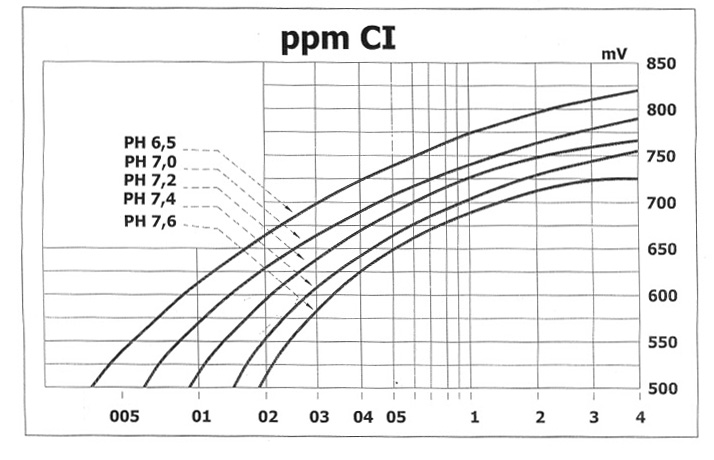
ppm VS mV - pH | Pool water: 1.2 to 1.5 ppm | Drinking water: 0.2 to 0.8 ppm
